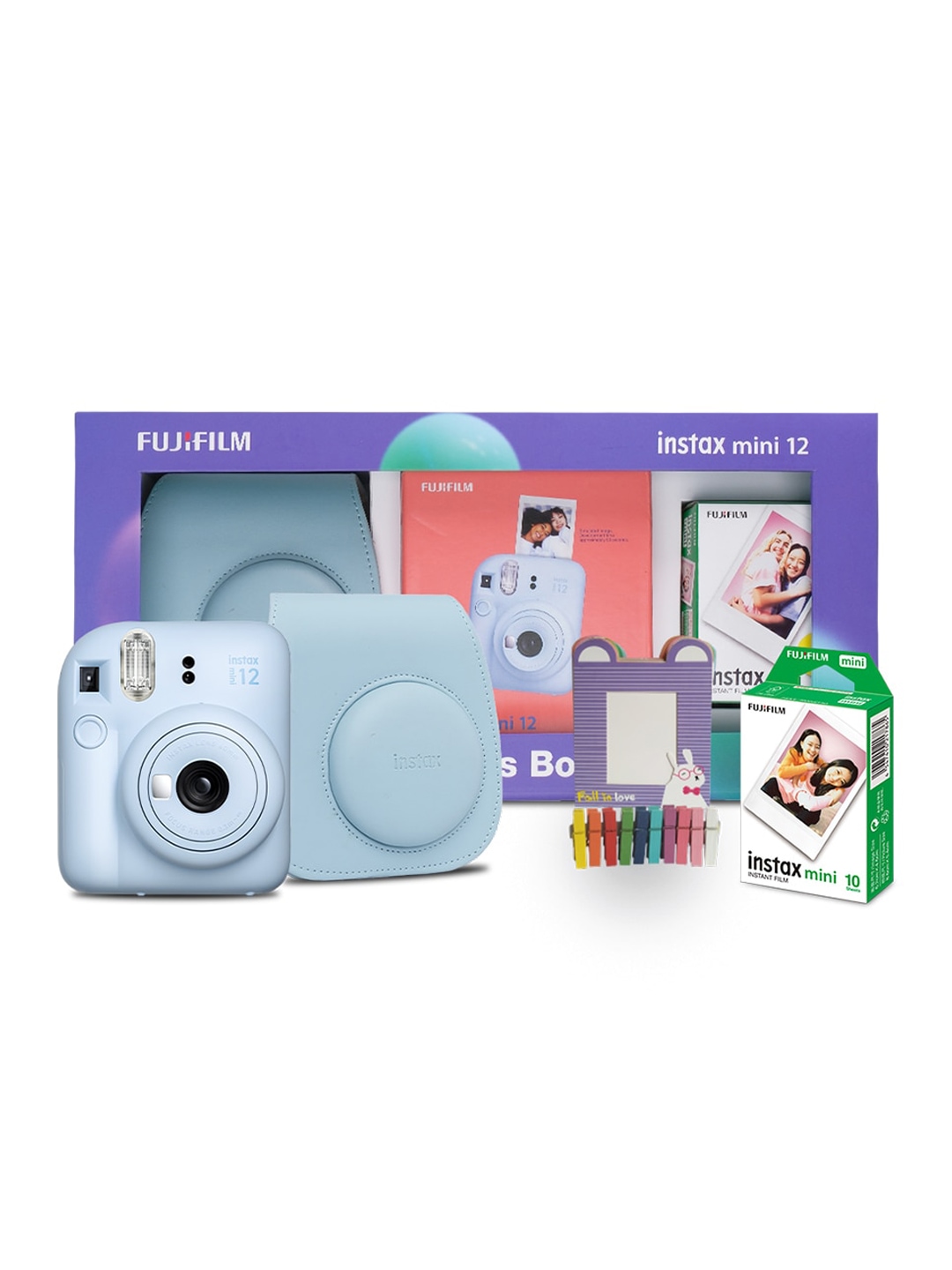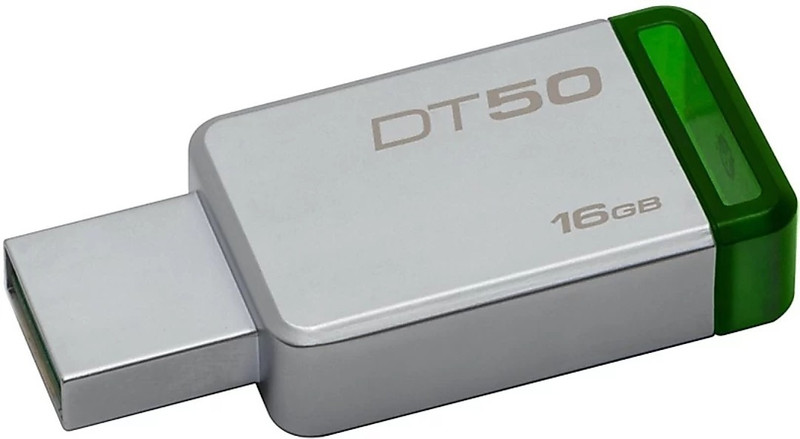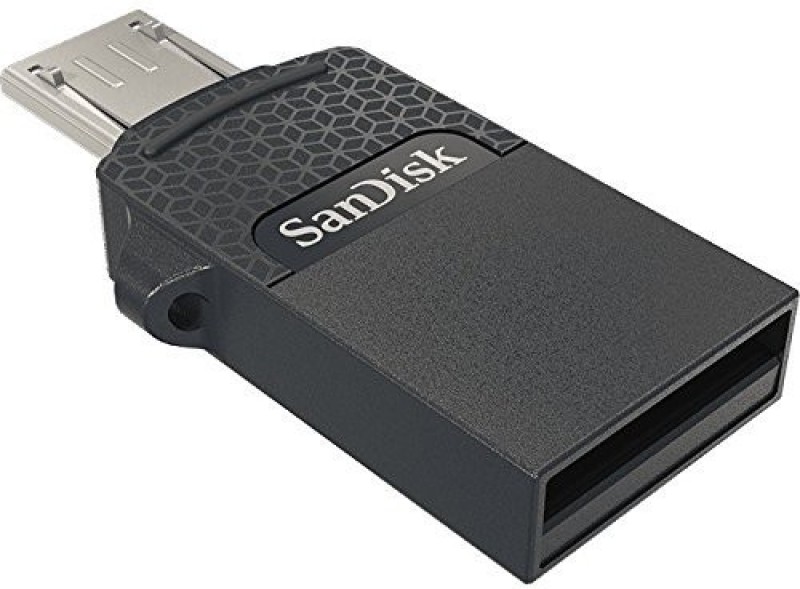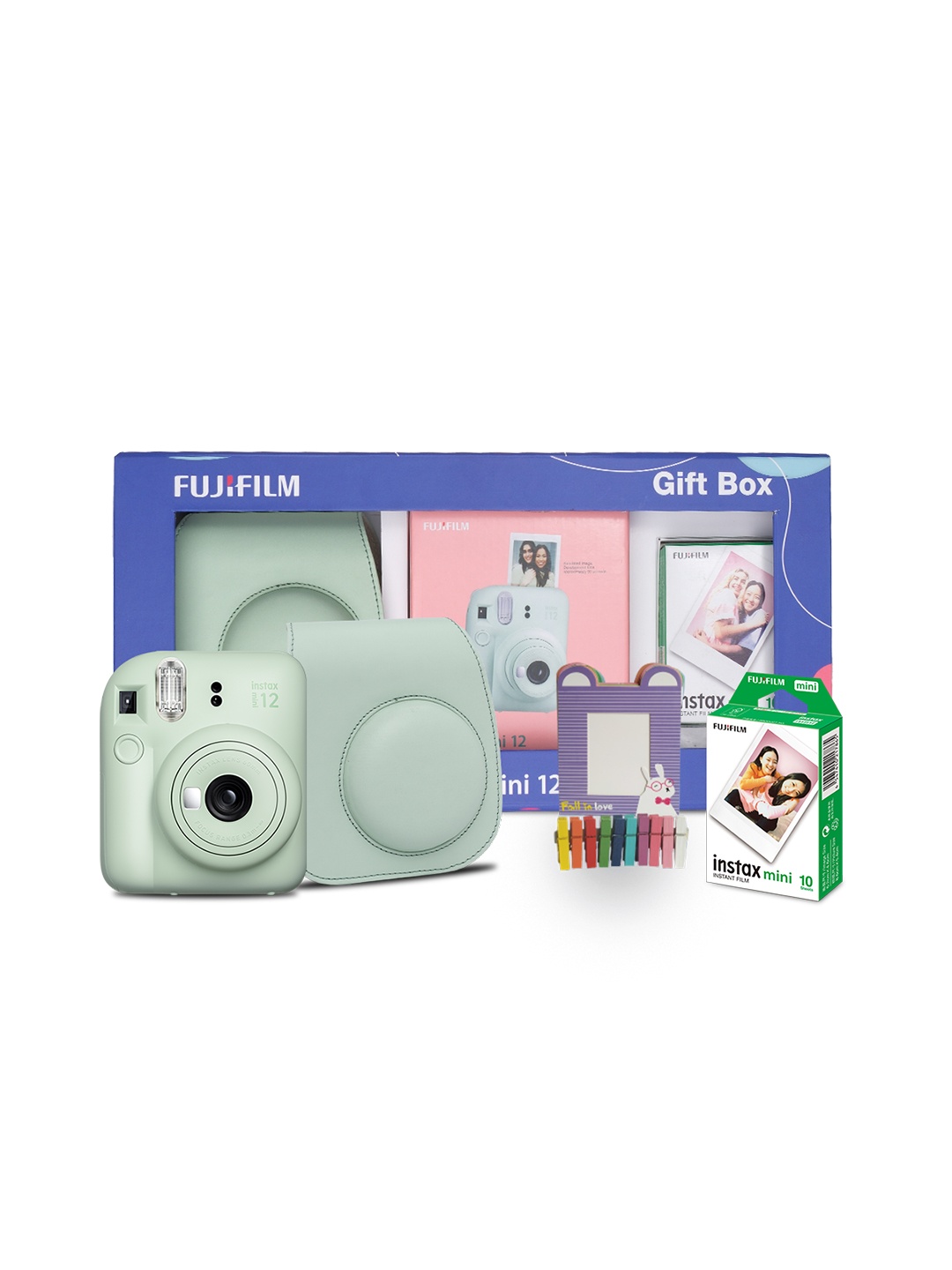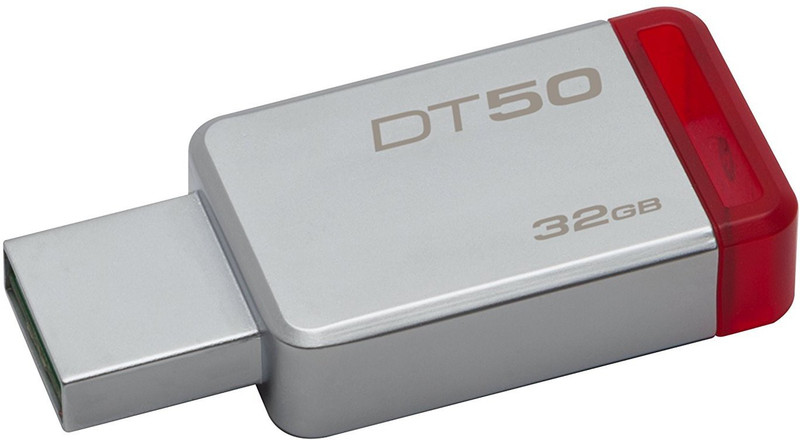Ultimate Guide To Selecting The Right Inverter For Your Home On Flipkart: Power Up With Confidence

A constant and reliable power supply is no longer a luxury but a necessity. Whether it's the middle of the day or late at night, when the power goes out, it can disrupt everything from work to entertainment, and even your basic daily tasks. That's where an inverter comes in. An inverter is a vital device that ensures your home continues to run smoothly during a power cut by converting stored DC (direct current) power into usable AC (alternating current) power.
However, with so many options on the market today, selecting the right inverter for your home can feel overwhelming. You need something that balances efficiency, reliability, and cost-effectiveness. But don't worry, this guide will walk you through the process, highlighting the essential features to consider when choosing an inverter. And to make sure you can make the best decision for your home, we also list the top 8 inverters on Flipkart from OKAYA, LUMINOUS, Microtek to Tata. Let's dive right in!
1. Assess Your Power Requirements
The very first step in choosing the right inverter is understanding your power needs. It's essential to assess how much power your household consumes daily and which appliances you want to keep running during an outage.
A simple way to do this is by listing out all the essential appliances you can't do without during a power cut, things like lights, fans, a fridge, or even a television. Each appliance will have a specific power requirement, usually listed in watts. For example, a fan might need around 75 watts, while a refrigerator can demand anywhere from 150 to 300 watts. Once you have these figures, you can calculate the total wattage required.
As a rule of thumb, you should select an inverter that can handle at least 20-30% more than your calculated power requirement. This ensures that the inverter isn't overburdened, and you can keep everything running smoothly, without having to worry about overloads.
2. Choose Between A Pure Sine Wave and Modified Sine Wave Inverter
When it comes to inverters, you'll generally come across two types of waveforms: pure sine wave and modified sine wave. The type you choose will depend on the devices you wish to power and your budget.
Pure sine wave inverters are the more expensive option but are ideal for sensitive appliances like computers, microwaves, and medical equipment. They produce a smooth, consistent flow of electricity that most modern appliances require to function efficiently. If you're looking for uninterrupted, high-quality power for delicate gadgets, this is the one for you.
On the other hand, modified sine wave inverters are less expensive but may not be compatible with all appliances. They can cause buzzing or even damage sensitive electronics. They're best suited for basic devices like lights and fans. If you don't need to power high-tech gadgets, a modified sine wave inverter could be a cost-effective choice.
3. Calculate the Battery Capacity You Need
Battery capacity is a key factor in determining how long your inverter can provide backup power during a blackout. It's important to choose an inverter with the right battery size to ensure that it meets your needs. Battery capacity is usually measured in amp-hours (Ah), and choosing the right size will depend on your power requirements and the amount of time you want the inverter to run.
For instance, if you want the inverter to power lights and fans for a few hours, a 100Ah battery might be sufficient. However, if you plan to run a refrigerator or multiple appliances, you may need a battery with a larger capacity, such as 150Ah or more.
Keep in mind that the larger the battery capacity, the more expensive it will be. So, it's crucial to strike a balance between the battery size and the duration you need backup power. A good rule of thumb is that you should always calculate the power consumption of your most essential appliances and match it with the inverter's battery capacity.
4. Consider the Brand Reputation and Warranty
Inverters, like any other appliance, come in a variety of brands with varying levels of quality and customer support. When making your choice, look for a brand with a solid reputation for producing reliable and long-lasting inverters. Brands that are known for their durability and performance can give you peace of mind, knowing that your inverter will function as expected when you need it the most.
Additionally, check the warranty period. A good inverter should come with at least a 2-5 year warranty. This ensures that you're covered in case the unit encounters any issues within the specified period. Some brands even offer extended warranties, which might be worth considering if you plan to use the inverter for many years.
Reading customer reviews and checking ratings can also help you make a more informed decision. Positive reviews are often a sign of a trustworthy brand, while negative ones could indicate potential issues with reliability or customer service.
5. Opt for a Model with Efficient Power Conversion
One of the most important features to consider when selecting an inverter is its efficiency. The efficiency of an inverter refers to how well it converts the DC power from the battery to usable AC power. A highly efficient inverter will consume less energy to produce the same output, ultimately saving you money on electricity bills and enhancing battery performance.
Look for an inverter with an efficiency rate of around 85% to 90%. Higher efficiency models will waste less energy, allowing you to get more power from your battery without compromising performance. Additionally, a highly efficient inverter will reduce heat generation, which can prolong its lifespan and reduce wear and tear.
6. Check for Safety Features
Inverters, while essential, can sometimes pose safety risks if not chosen carefully. For this reason, it's important to ensure that your inverter has adequate safety features to prevent potential hazards, such as overloads, short circuits, and overheating.
Look for an inverter that offers built-in protections such as surge protection, thermal protection, and automatic shutdown in case of a fault. These safety features ensure that your inverter operates safely, even in the event of power spikes or electrical surges. They also prevent damage to your appliances and the inverter itself, giving you extra peace of mind.
A reliable inverter with safety features will help avoid costly repairs and keep your home's electrical system functioning smoothly.
7. Consider the Size and Design
While the technical specifications are important, the size and design of the inverter also matter. You need to select an inverter that fits into the available space in your home, especially if you're going to place it in a utility room or storage area. Keep in mind that larger inverters typically require more space for ventilation, so ensure that the location you choose allows for adequate airflow.
The design of the inverter should also align with the aesthetics of your home. Some modern inverters come in sleek, compact designs that can blend in seamlessly with your home décor. While aesthetics might not be your top priority, choosing an inverter with a design that suits your space will help create a visually appealing setup.
8. Compare Prices and Features
Last but certainly not least, you'll need to compare different models and their prices. Inverters can vary significantly in cost, depending on their features, battery capacity, and brand. While it's tempting to go for the cheapest option, remember that you often get what you pay for. Investing in a quality inverter will pay off in the long run with lower energy consumption, higher efficiency, and better reliability.
Take your time to compare the features offered by different models within your budget. Make sure you're not sacrificing essential features like safety, battery capacity, or efficiency in favour of a lower price. Additionally, keep an eye out for any special offers, discounts, or seasonal sales that could help you get the best deal for your chosen inverter.
Products Related To This Article On Flipkart
1. OKAYA ATSW 1175 12V Okaya Advanced True Sine Wave
2. LUMINOUS 1100/12V Power Sine Pure Sine Wave Inverter
3. V-Guard Prime 1150 1000VA/12V Pure Sine Wave Inverter
4. Microtek MTKTU1K5S MTKTU1K5S Pure Sine Wave Inverter
5. LUMINOUS 1450e / 12V Pure Sine Wave Inverter
6. Tata Green Batteries TGUPS1700 Pure Sine Wave Inverter
7. LUMINOUS Icon 1600/12V Pure Sine Wave Inverter
8. OKAYA ATSW 6650 48V Advanced True Sine Wave; 6100 VA
Choosing the right inverter for your home might seem like a daunting task, but with a little planning and research, it's easier than you think. By assessing your power needs, considering the type of inverter that best suits your lifestyle, and comparing the various features available, you'll be able to select an inverter that ensures a reliable power supply when you need it most. Remember to consider factors like brand reputation, battery capacity, and efficiency to make a choice that aligns with your budget and requirements.
With the right inverter in place, you'll enjoy peace of mind knowing your home is prepared for any power outages, keeping everything running smoothly. Do check out the top 8 inverters on Flipkart we listed above including from OKAYA, LUMINOUS, Microtek and Tata. So, take your time, weigh your options, and choose the inverter that's the best fit for you.
Disclaimer: The images used in this article are for illustration purpose only. They may not be an exact representation of the products, categories and brands listed in this article.












